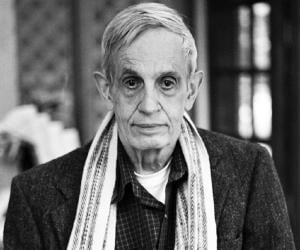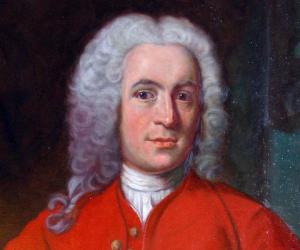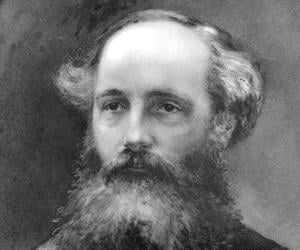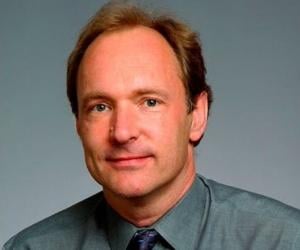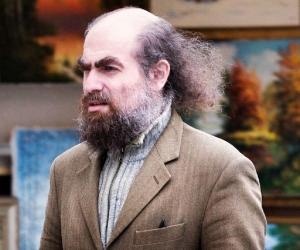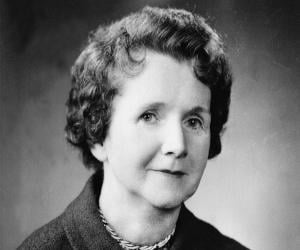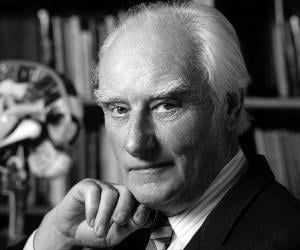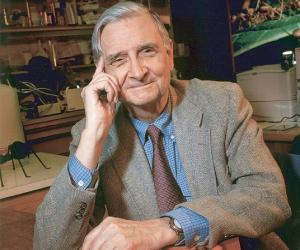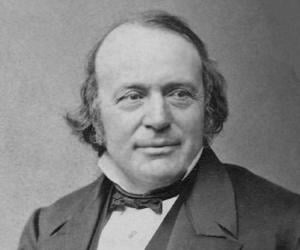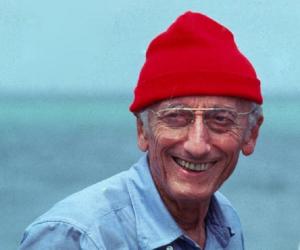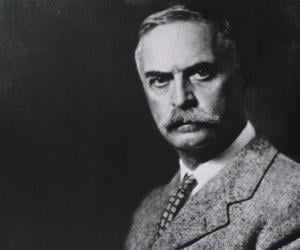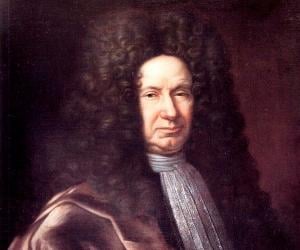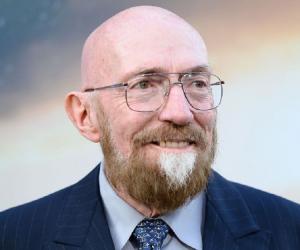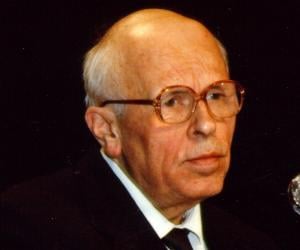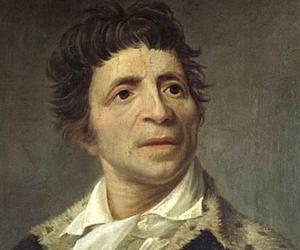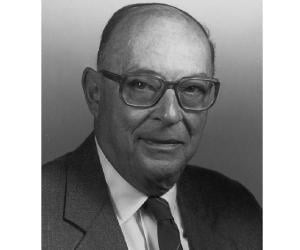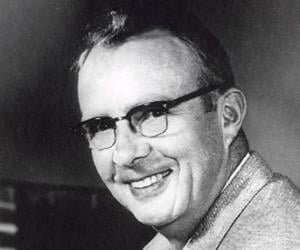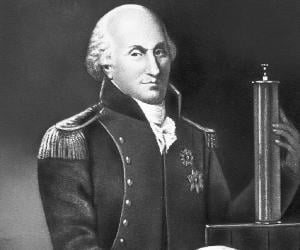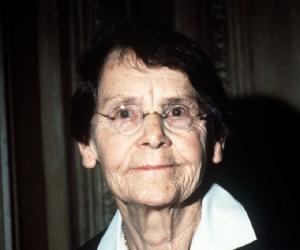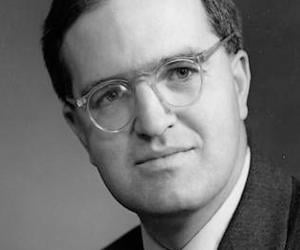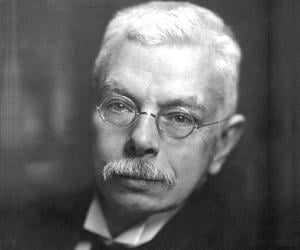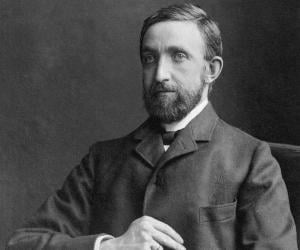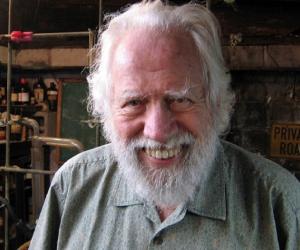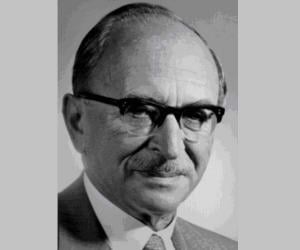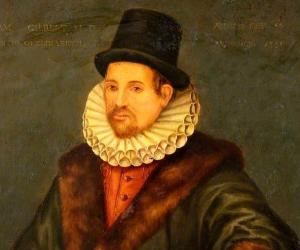Swedish botanist and lecturer Carl Linnaeus, who established the concept of binomial nomenclature, or the system of naming organisms, is also known as the father of modern taxonomy. His system of classification is known as Linnaean taxonomy. He was the first to include humans and apes under the header Anthropomorpha.
Scottish physicist James Maxwell’s contributions included the formulation of the classical theory of electromagnetic radiation and the production of the first light-fast color photograph. His Maxwell–Boltzmann distribution explored the kinetic theory of gases. He has also written poems and was an Elder of the Church of Scotland.
Widely known as ten inventor of the world wide web, Tim Berners-Lee made the first communication between an HTTP client and server through the internet in 1989. He is associated with various organizations, such as the W3C and the World Wide Web Foundation, and has received the knighthood, too.
Blaise Pascal was a French physicist, mathematician, philosopher, and inventor. A child prodigy, Pascal's work on projective geometry, at the age of 16 is commendable. He is one of the earliest inventors of the mechanical calculator, which he did when he was still a teenager. His work on probability theory influenced the development of social science and modern economics.
Rachel Carson was a conservationist, marine biologist, and author. She is credited with authoring an influential book titled Silent Spring, which played a significant role in advancing the global environmental movement. Carson is also remembered for her book, The Sea Around Us, which earned her a U.S. National Book Award. She was posthumously honored with the Presidential Medal of Freedom.
Nobel Prize-winning British biophysicist Francis Crick is best known for his ground-breaking work to determine the structure of the DNA, along with James Watson, Maurice Wilkins, and Rosalind Franklin. He taught at various institutes, such as the Salk Institute, and was also awarded the Order of Merit.
E. O. Wilson is an American naturalist, biologist, and writer. An influential biologist, Wilson has earned several nicknames, such as The Darwin of the 21st century. He has also been referred to as the father of biodiversity and the father of sociobiology. In 1995, he was ranked among the most influential American personalities by Time magazine.
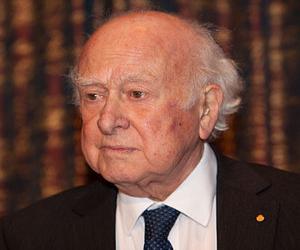
Peter Higgs is a British theoretical physicist. He studied at King's College London and was awarded a Ph.D. in 1954. He went on to have a brilliant academic career and was elected Fellow of the Royal Society (FRS) in 1983. In 2013, he shared the Nobel Prize in Physics with Belgian physicist François Englert.
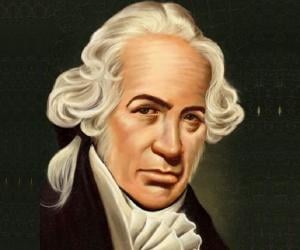
Daniel Gabriel Fahrenheit was a scientific instrument maker, inventor, and physicist. One of the most prominent and influential personalities of the Dutch Golden Age of science and technology, Fahrenheit is credited with many important inventions, including the mercury-in-glass thermometer and Fahrenheit scale. His inventions helped shape the history of thermometry.
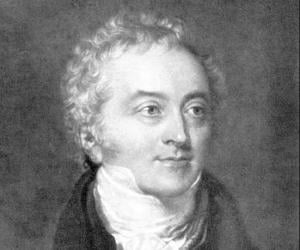
Often referred as The Last Man Who Knew Everything, British polymath Thomas Young made significant contributions to a wide range of subjects like vision, light, energy, musical harmony etc. Especially famous for Wave Theory of Light, he also made significant contribution in deciphering of Egyptian hieroglyphs. Young-Helmholtz theory, Young temperament and Young's Modulus carry his legacy to these days.
Louis Agassiz was a biologist and geologist. He was famous as a scholar of Earth's natural history. Born in Switzerland, he completed his education in Europe and emigrated to USA. He was appointed a professor of zoology and geology at Harvard University. He later founded the Museum of Comparative Zoology at the Lawrence Scientific School.
Jacques Cousteau was a French explorer, naval officer, filmmaker, conservationist, scientist, photographer, researcher, and author. Renowned for his exploration of various forms of life in water, Jacques Cousteau is credited with pioneering marine conservation and co-developing the Aqua-Lung, the first underwater breathing apparatus to achieve popularity and commercial success.
Karl Landsteiner was a physician, biologist, and immunologist. He is credited with distinguishing the main blood groups as well as identifying the Rhesus factor. He is also credited with discovering the polio virus along with Erwin Popper and Constantin Levaditi. He won the Aronson Prize in 1926. In 1930, Landsteiner was honored with the Nobel Prize in Physiology or Medicine.
American theoretical-physicist Kip Thorne, who is noted for his contributions in gravitational physics and astrophysics, is known for Thorne-Żytkow object, Thorne-Hawking-Preskill bet, LIGO, gravitational waves and the book Gravitation. Thorne along with Rainer Weiss and Barry C. Barish received the Nobel Prize in Physics in 2017 for their contributions to the LIGO detector and the observation of gravitational waves.
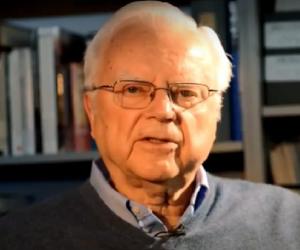
American astronomer and astrophysicist Frank Drake is best-known for developing Drake equation and for his involvement in search for extraterrestrial intelligence, including founding of modern SETI. He performed Project Ozma, the first SETI experiment for searching signs of life in distant planetary systems. He also designed content of Arecibo message, an interstellar radio message, sent to globular star cluster M13.
Andrei Sakharov was a Russian dissident and nuclear physicist best remembered for designing RDS-37, Soviet Union's first two-stage hydrogen bomb. Also an activist for peace and human rights, Andrei Sakharov was honored with the Nobel Peace Prize in 1975. The Sakharov Prize for Freedom of Thought, which is awarded by the European Parliament, is named in his honor.
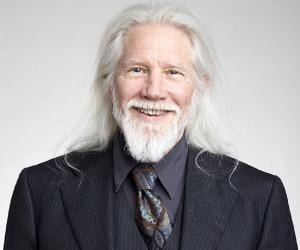
French political theorist, scientist, and physician Jean-Paul Marat was a key figure of the French Revolution. He published his radical views in pamphlets and newspapers, such as L'Ami du people. He was held responsible for the September massacres. His assassination by a Girondin supporter made him a Jacobin martyr.
American engineer, physicist and Nobel laureate John Bardeen is the only person who received the Nobel Prize in Physics twice. He shared the first Nobel with William Shockley and Walter Brattain in 1956 for inventing the transistor, and the second with Leon N Cooper and John Robert Schrieffer in 1972 for proposing the BCS theory, a microscopic theory of superconductivity.
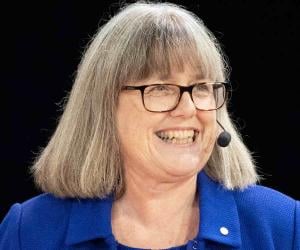
Donna Strickland is a Canadian optical physicist who is considered a pioneer in the field of pulsed lasers. In recognition of her research on the practical implementation of chirped pulse amplification, she was jointly awarded the Nobel Prize in Physics in 2018, together with Gérard Mourou. She is currently a professor at the University of Waterloo in Ontario, Canada.
Experimental physicist and Nobel laureate Luis Walter Alvarez is best remembered for inventing the liquid hydrogen bubble chamber, which enabled the discovery of countless short-lived resonance particles. The University of California, Berkeley professor and MIT scientist had also been part of the development of the atomic bomb.
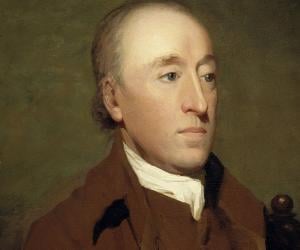
The pioneer of modern geology, James Hutton laid down the principle of uniformitarianism in geology. While he was initially interested in chemistry, he had later also studied law and had then moved on to medicine. His iconic Theory of the Earth explained the science behind rock formations.
French physicist Charles Augustin De Coulomb, remembered for laying down the Coulomb’s law, had previously been a military engineer in the West Indies. At the onset of the French Revolution, Coulomb, struggling with failing health, devoted himself to research. The unit of electric charge, coulomb, was named after him.
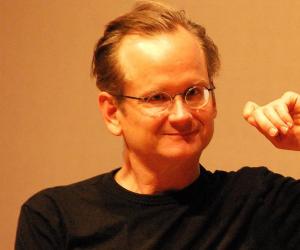
Harvard Law School professor Lawrence Lessig established Creative Commons, a non-profit geared at reducing copyright restrictions, thus helping artists and creative professional share their works legally. A Democrat, he also co-founded Rootstrikers, aimed at combating corruption in Congress. He is also a TED speaker and has penned books such as Lesterland.
Barbara McClintock was a scientist and cytogeneticist who received the 1983 Nobel Prize in Physiology or Medicine. She earned her Ph.D. in botany from Cornell University and began her lifelong work in the development of maize cytogenetics. She eventually gained recognition as among the best in the field and was honored with several prestigious awards.
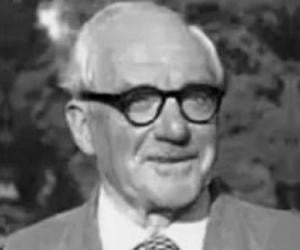
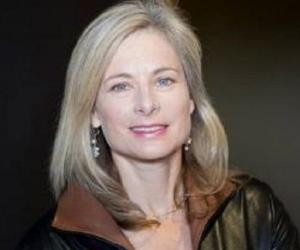
Apart from teaching at Harvard, theoretical physicist Lisa Randall has also held professorships at MIT and Princeton. She has also written several popular books, such as Warped Passages and Knocking on Heaven’s Door. One of Time’s 100 Most Influential People of 2007, she has also written a libretto for an opera.
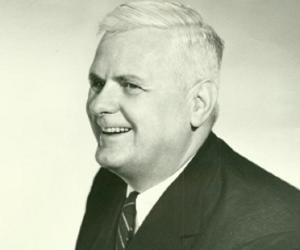
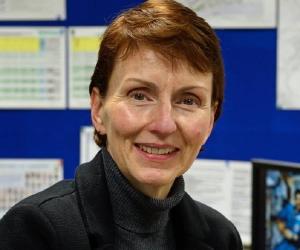
The first British person to fly into space, Helen Sharman also became the first female astronaut to visit the Mir space station. She was selected from over 13,000 applicants to be part of the Project Juno program. She was also as a chemist for the chocolate manufacturer Mars.
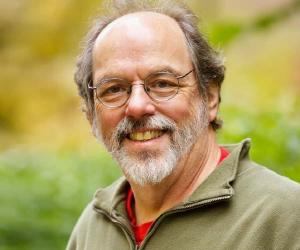
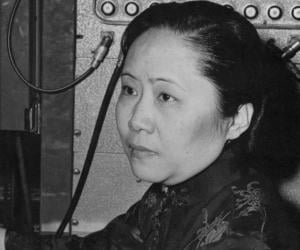
Known as the Chinese Marie Curie, Chien-Shiung Wu was a Chinese-American physicist who specialized in particle and experimental physics. She is best known for her Wu experiment. A National Medal of Science winner, she was part of the Manhattan Project, too. She taught at various institutes, including Princeton and Columbia.
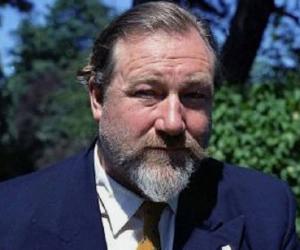
James Robertson Justice was a British actor best remembered for playing pompous authority figures in comedy films. He achieved popularity after playing Sir Lancelot Spratt in each of the seven movies in the Doctor film series.
Nobel Prize-winning Danish nuclear physicist Aage Bohr is best remembered for his work related to the geometry of atomic nuclei. Son of Nobel laureate physicist Niels Bohr, Aage had started his career as an assistant to his father and working on the development of the atomic bomb.
Pieter Zeeman was a Dutch physicist whose discovery of the Zeeman effect earned him the prestigious Nobel Prize in Physics in 1902, which he shared with Hendrik Lorentz. Over the course of his career, Zeeman received several other awards, such as the Matteucci Medal in 1912, Henry Draper Medal in 1921, Rumford Medal in 1922, and Franklin Medal in 1925.
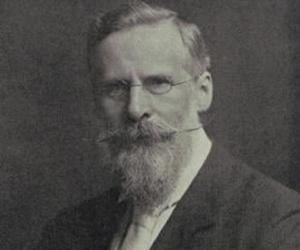
William Crookes was a British chemist and physicist remembered as a pioneer of vacuum tubes. He was the inventor of what became known as the Crookes tube. He is also credited with the discovery of the element thallium. He was the first person to describe the spectrum of terrestrial helium. He was interested in spiritualism and occultism as well.
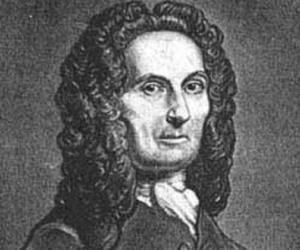
A pioneer of psychedelic drug synthesis, Alexander Shulgin came to be known as The Godfather of Ecstasy, for reinventing the drug MDMA, or ecstasy, for medical use. The Harvard drop-out, who later studied psychiatry and pharmacology, would often experiment his newly invented drugs on himself, his wife, and his friends.
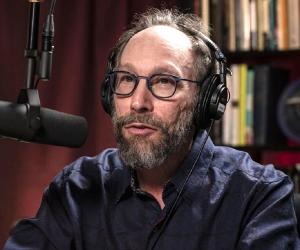
American-Canadian theoretical physicist Lawrence M. Krauss has taught at institutes such as ASU and Yale and also penned several bestselling books. Known for his research on dark energy and zero-energy states, he was later accused of sexual misconduct and thus lost the directorship of the ASU’s Origins Project.
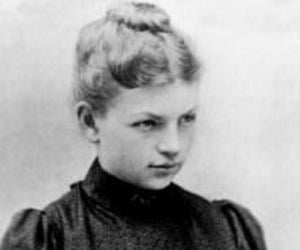
Clara Immerwahr was a German chemist who became the first German woman to receive a doctorate in chemistry. Apart from being a chemist, Clara Immerwahr was also a pacifist and a women's rights activist. Her work, marriage with the popular chemist Fritz Haber, and her suicide at the age of 44 have inspired films, novels, and TV series.
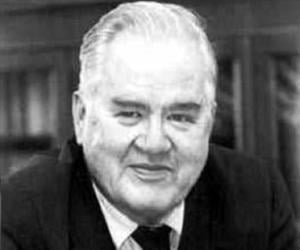
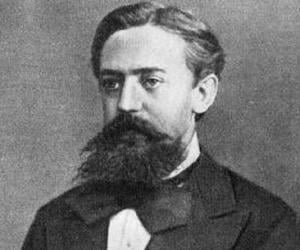
Dennis Gabor was a Hungarian-British physicist and electrical engineer best remembered for inventing holography. His invention earned him the prestigious Nobel Prize in Physics in 1971. Gabor won several awards during his lifetime. After his demise, many awards are given in his honor. The Dennis Gabor Award and Gabor Medal are some of the awards that are named after him.
William Gilbert was a 16th-century English physician, physicist, astronomer, and natural philosopher. He earned his MD from Cambridge and practiced medicine in London. He was a much-respected figure and was made the president of the Royal College of Physicians. He served as Queen Elizabeth I's and King James VI and I’s personal physician.

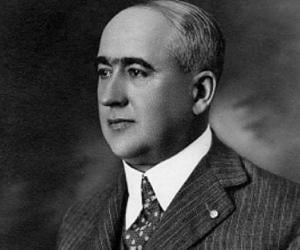
Milutin Milanković was a Serbian astronomer, mathematician, geophysicist, climatologist, and civil engineer. He is best remembered for his explanation of Earth's climate changes, which partly explained the ice ages. Milutin Milankovitch's biography inspired a 2007 documentary film titled A Traveler Through Distant Worlds and Times.
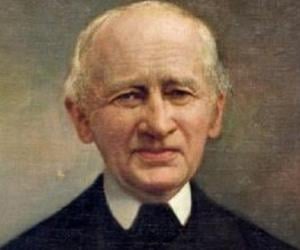
Johann Gottfried Galle was a German astronomer who worked at the Berlin Observatory. On 23 September 1846, he became the first person to view and recognize the planet Neptune. The discovery of Neptune is considered one of the most significant moments of 19th-century science and is widely regarded as a validation of celestial mechanics.
